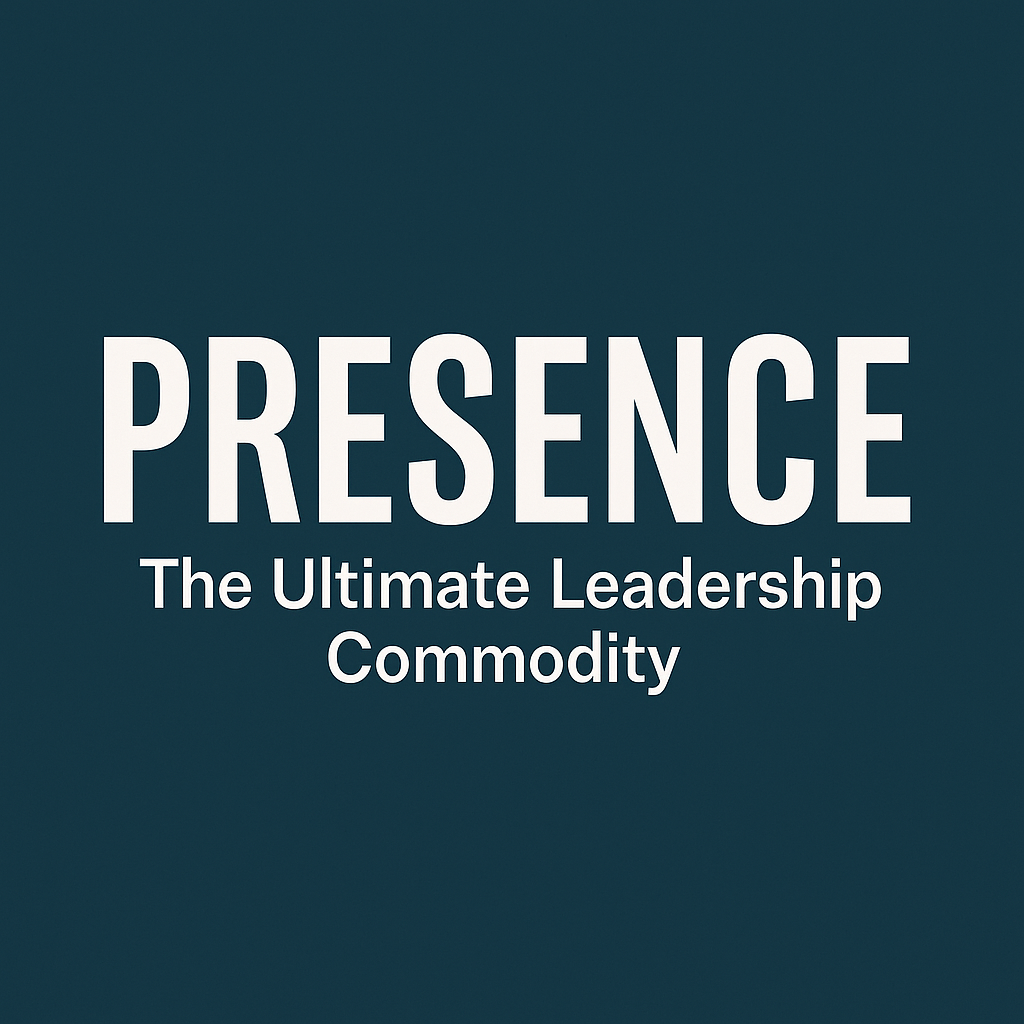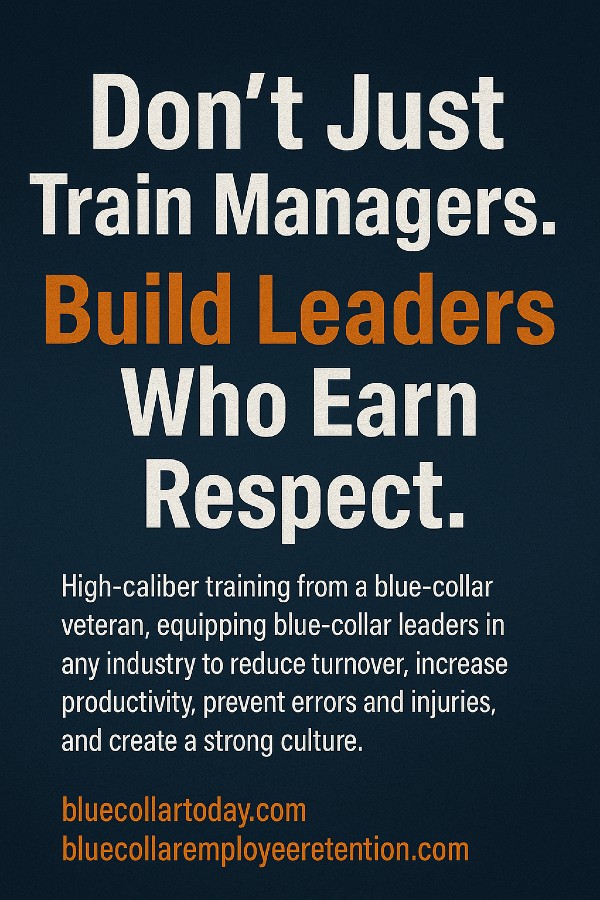
Presence: The Ultimate Leadership Commodity in Blue-Collar General Management
In the world of blue-collar operations—where output is measured in steel tonnage, shipment accuracy, uptime percentages, and labor efficiency—there exists one intangible that separates high-impact General Managers from the rest of the field: presence.
Not policies.
Not charisma.
Not even technical knowledge.
But presence—the physical, emotional, and relational act of being visible, engaged, and involved—is the ultimate leadership commodity.
It costs nothing but attention.
And it pays dividends in trust, performance, and retention.
What Is Presence in a Blue-Collar Context?
Presence isn’t simply being “on site.”
It’s not lurking in an office behind a glass wall or barking orders through a radio.
Presence means walking the floor, asking real questions, checking on the person—not just the process. It means you see people.
It’s greeting the third-shift loader by name and knowing that he’s covering a double because someone called in. It’s checking in with the lead in receiving about how the new layout is affecting workflow. It’s coaching your supervisors on how to coach others. It’s feeling the rhythm of the shop floor, not just reading about it in a report.
Presence is embodied leadership.
Why Presence Matters More in Blue-Collar Industries
In white-collar environments, presence can be virtual. In blue-collar industries, where the work is physical, gritty, and repetitive, presence has to be real.
Here’s why it matters:
1. Trust Is Earned Through Visibility
Blue-collar workers are pragmatic. They don’t care about titles—they care about whether you’re there. A General Manager who shows up regularly, who listens more than they talk, and who doesn’t flinch when things get messy earns respect quickly. Your presence communicates, “We’re in this together.”
2. Cultural Standards Are Modeled, Not Mandated
You can’t train culture into a team—you have to live it. When you’re present, you set the tone for professionalism, safety, and urgency. You model how to treat people. You normalize hard work without burnout. And when your team sees you pushing a broom when necessary, the message is clear: We’re not too good for any job.
3. Performance Improves When Accountability Is Human
Metrics matter. But it’s your presence that gives those metrics meaning. If your team only hears from you when production is down or overtime is up, they’ll see you as a critic. But when you’re involved daily, coaching through mistakes and recognizing effort, accountability becomes relationship-driven—and performance skyrockets.
What Presence Looks Like in Practice
If you want your presence to impact your operation, it needs to be more than routine walk-throughs. It has to be intentional and integrated.
- Walk the floor—every shift. Different teams see different challenges. Your presence needs to span the full cycle.
- Ask better questions. Go beyond “How’s it going?” Try, “What would make your job easier this week?” or “What’s slowing the line down today?”
- Notice the small things. A water bottle on the machine, worn-out PPE, a stressed tone—these are signals your team is sending. Tune in.
- Coach your leads. Your frontline supervisors are culture carriers. Spend time developing them so they can multiply your presence.
- Be predictable. Don’t just show up when things go wrong. Your team needs to see you in good times and bad—especially in bad.
The ROI of Leadership Presence
Here’s what shows up when you show up:
- Reduced Turnover: When employees feel seen and heard, they stay longer.
- Higher Engagement: Teams work harder for leaders who walk beside them, not above them.
- Faster Problem Solving: When you’re present, issues surface faster—and solutions do, too.
- Stronger Bench Strength: When your team sees how you lead, they grow into it. You’re not just solving problems—you’re creating future GMs.
Presence Isn’t Optional Anymore
In today’s blue-collar landscape—facing a skilled labor shortage, rising costs, and cultural fragmentation—presence is no longer optional. It’s essential. And it’s what separates managers who maintain from leaders who multiply.
Being present may feel like a soft skill in a hard-nosed world, but it’s the most powerful leadership habit you can build. Because machines can’t motivate. Policies can’t inspire. But people—people can lead people.
And it starts by showing up.
About the Author
Jeremy L. Davis is a leadership coach, operational strategist, and advocate for high-EQ, high-impact management in blue-collar and industrial environments. With over 25 years of experience managing teams in steel, logistics, and disaster recovery, Jeremy now helps GMs and superintendents turn culture into performance. Learn more at jeremyldavis.com and bluecollaremployeeretention.com.





